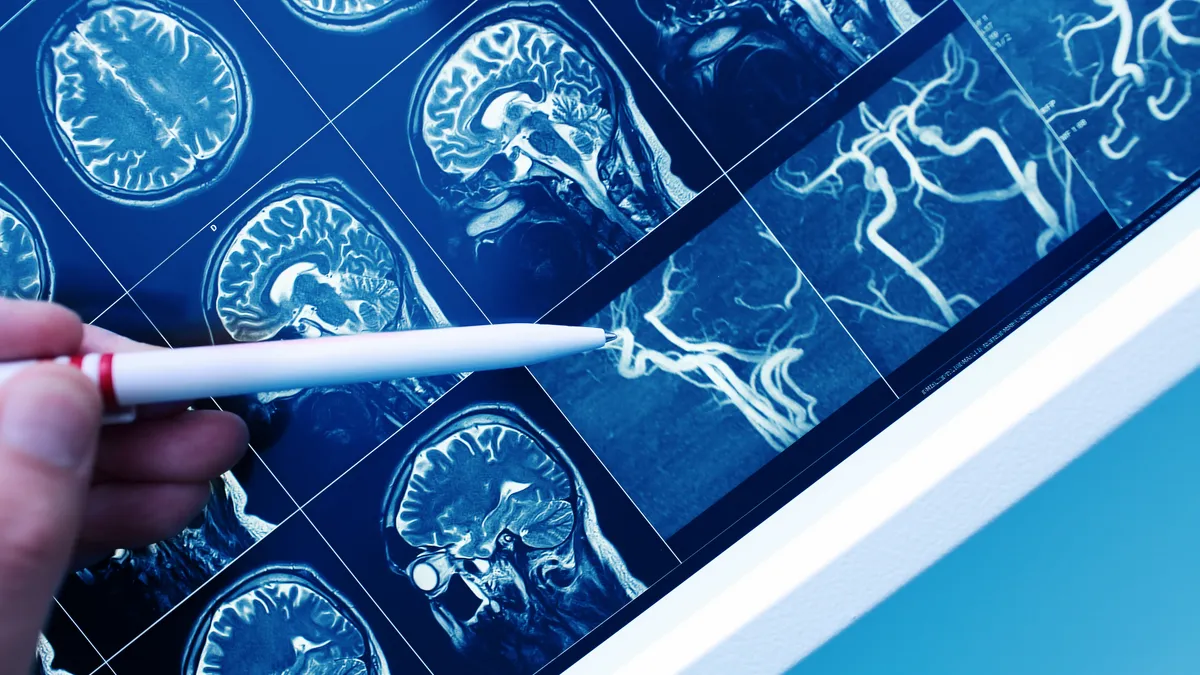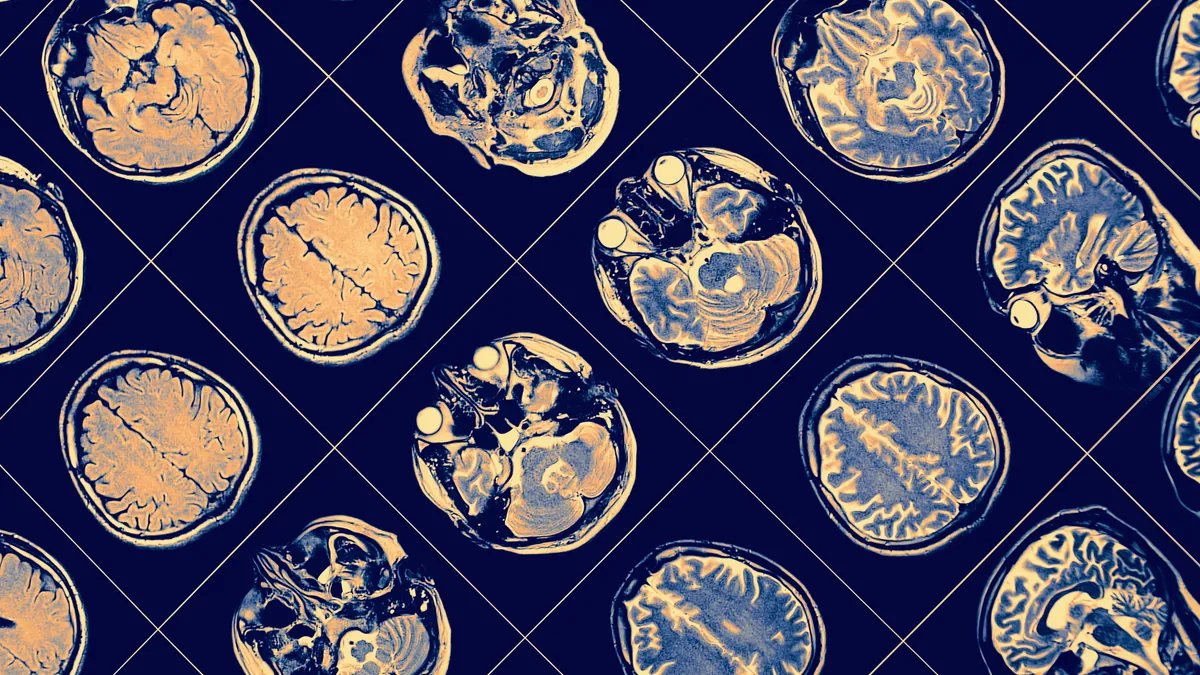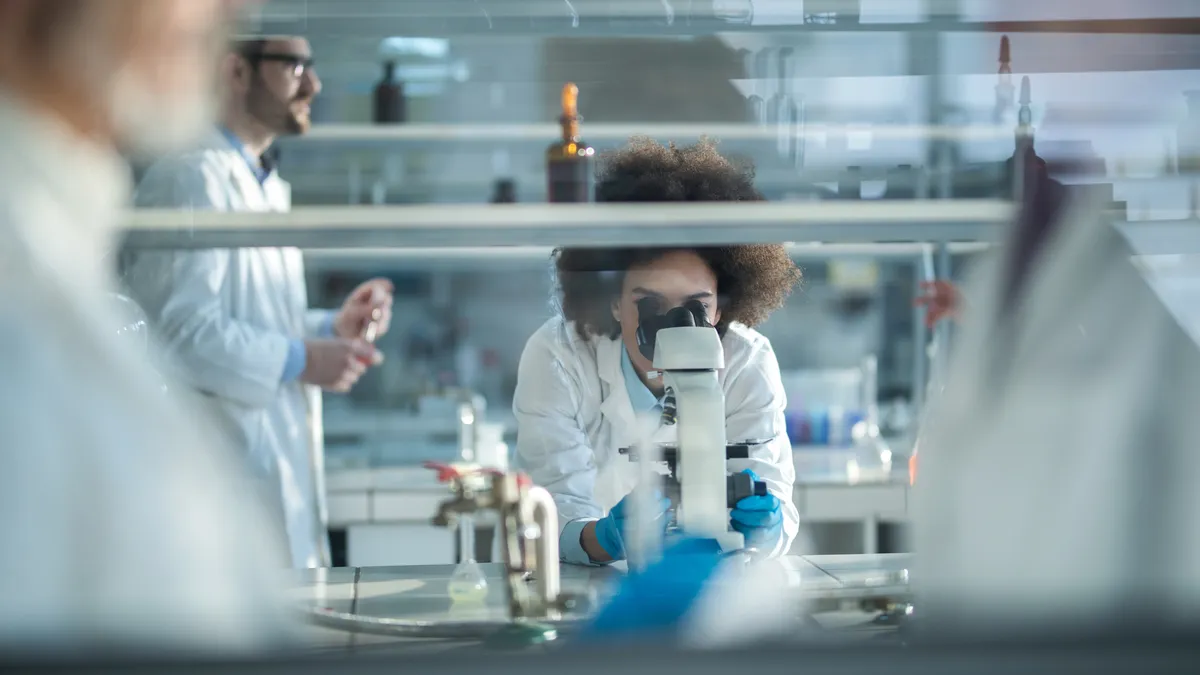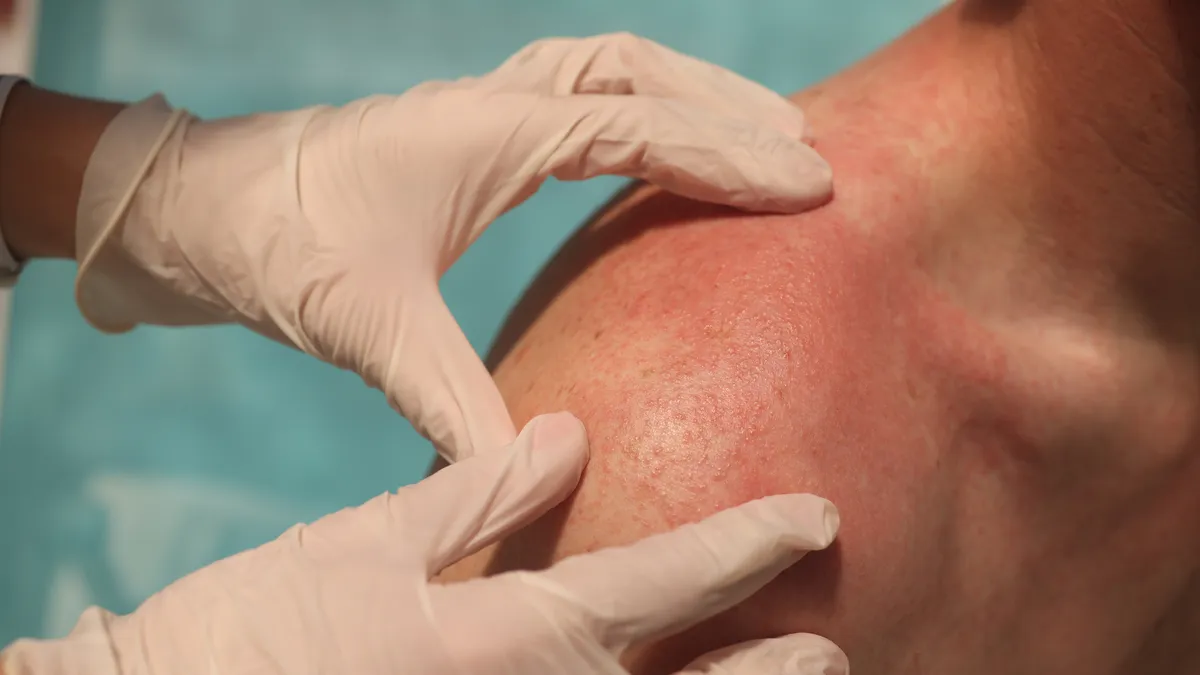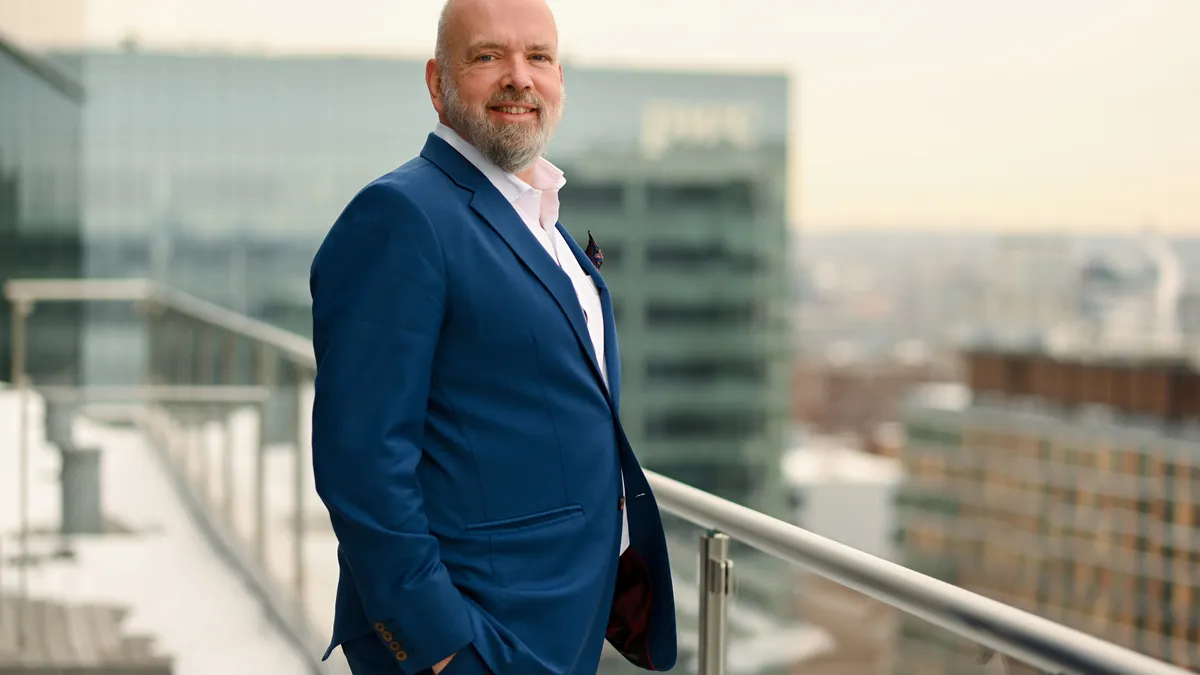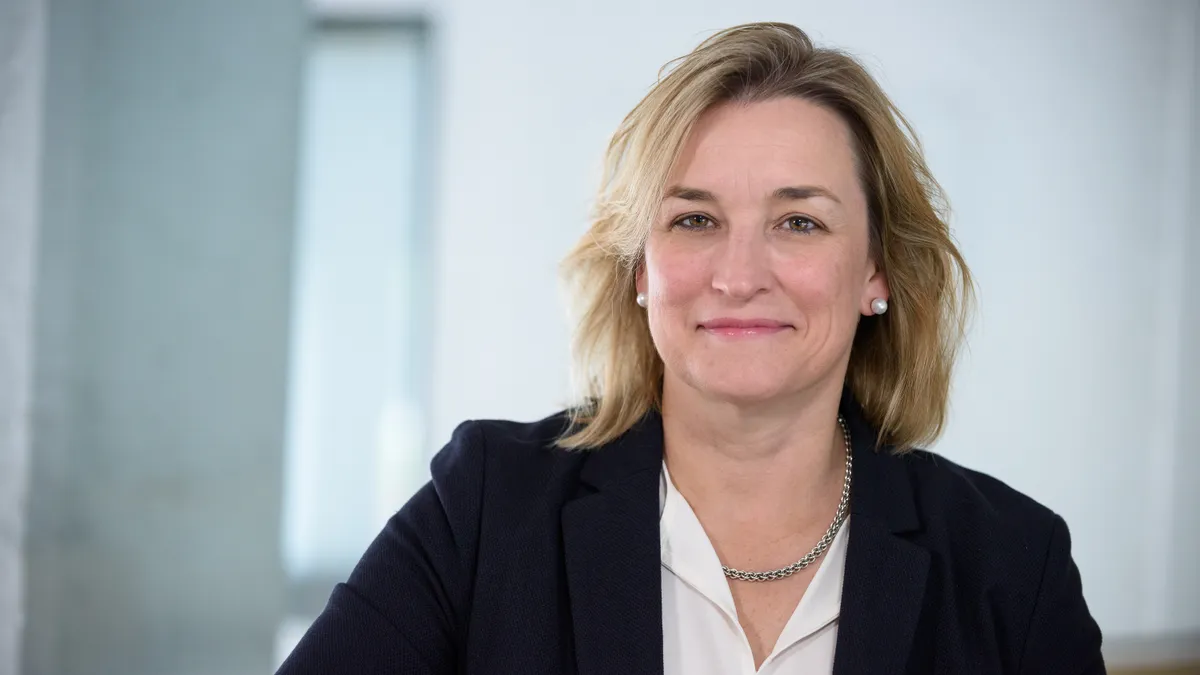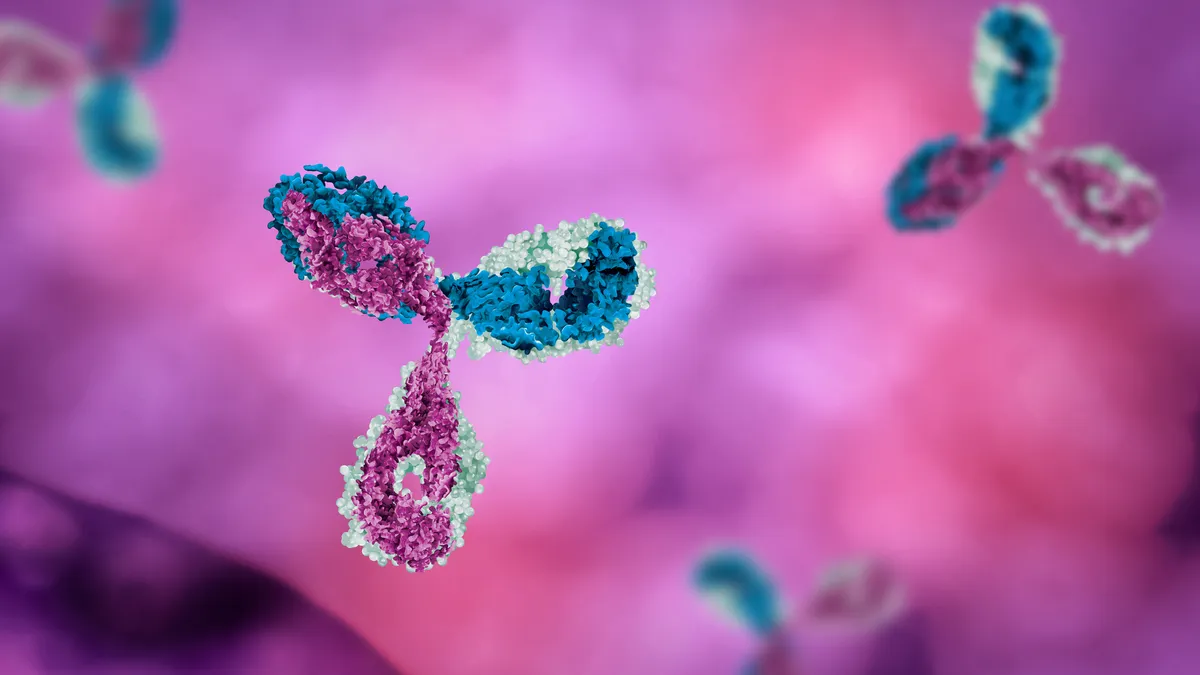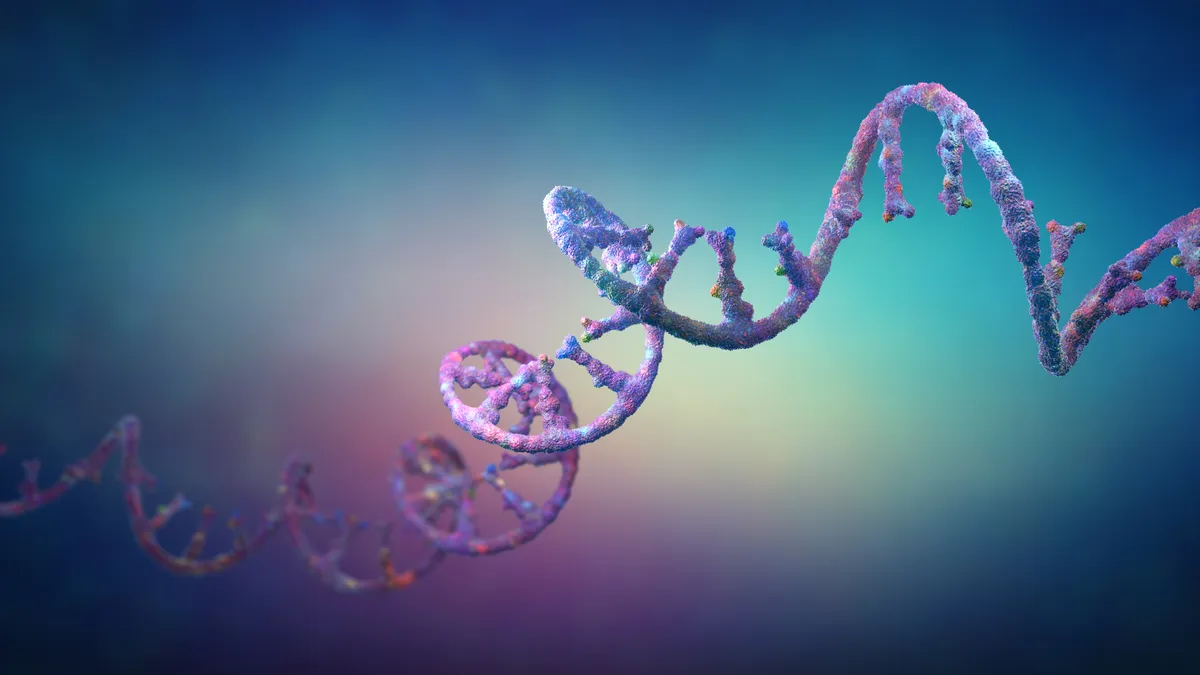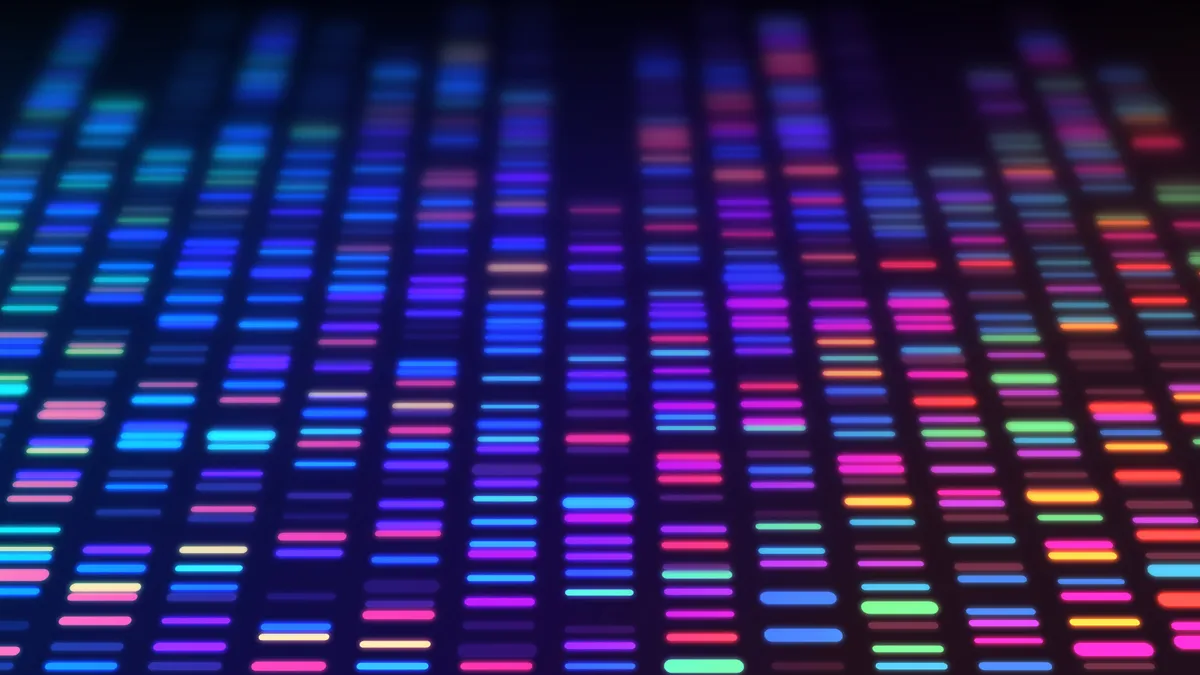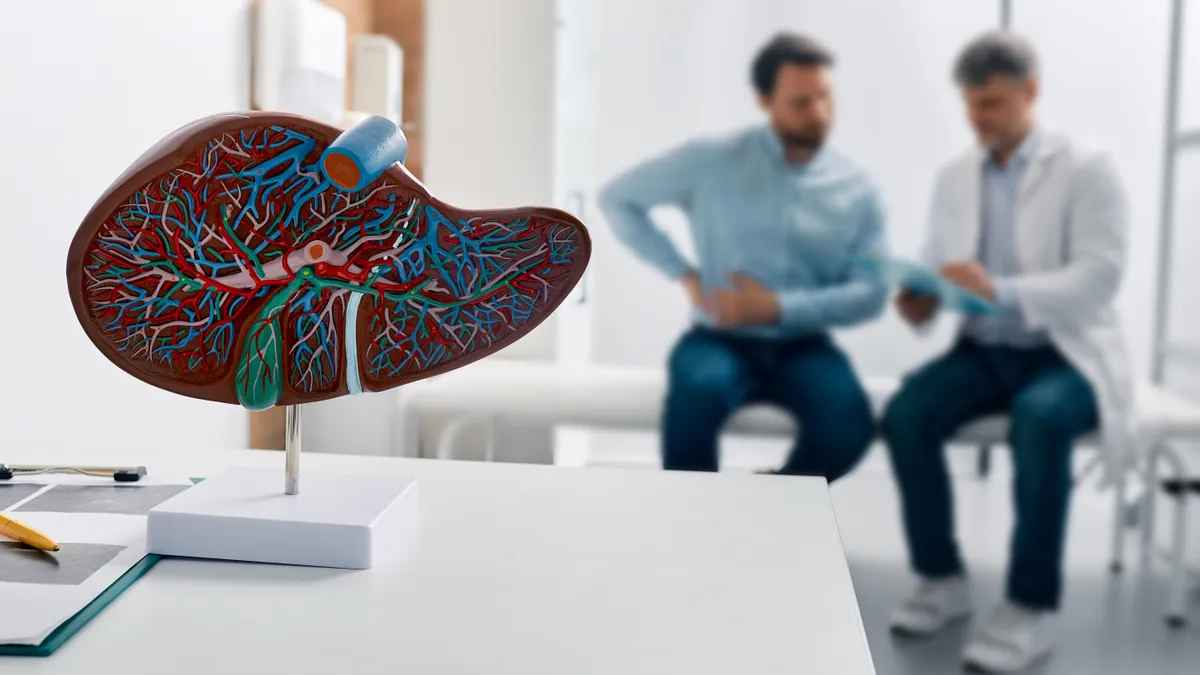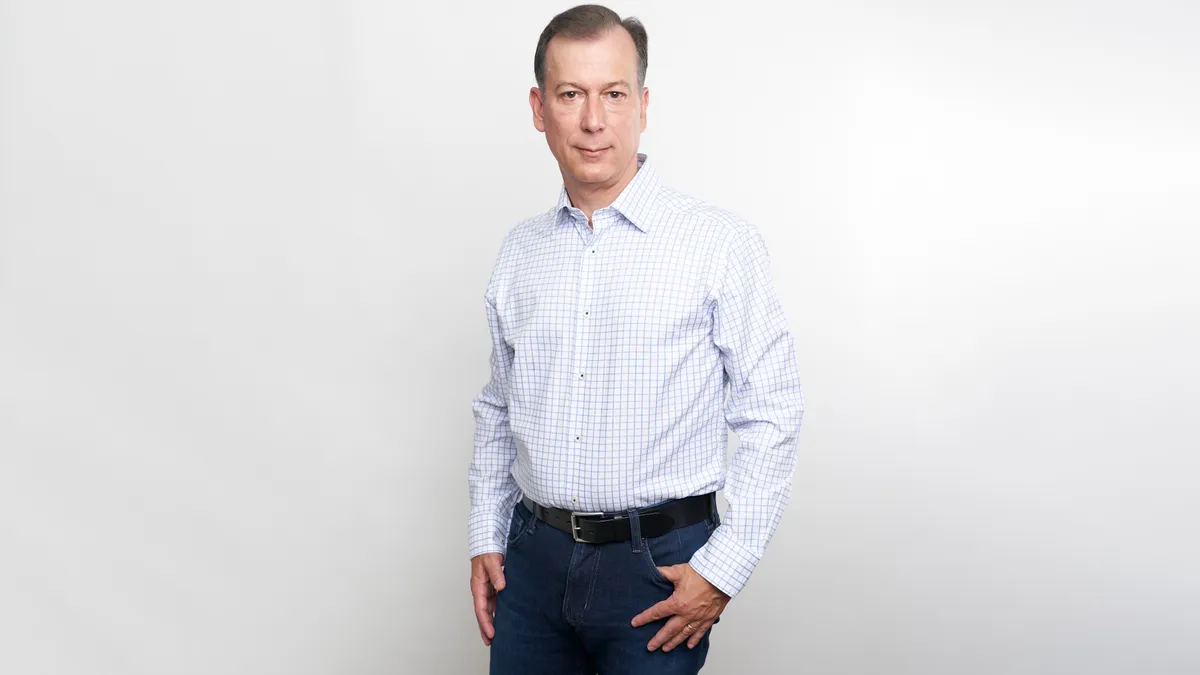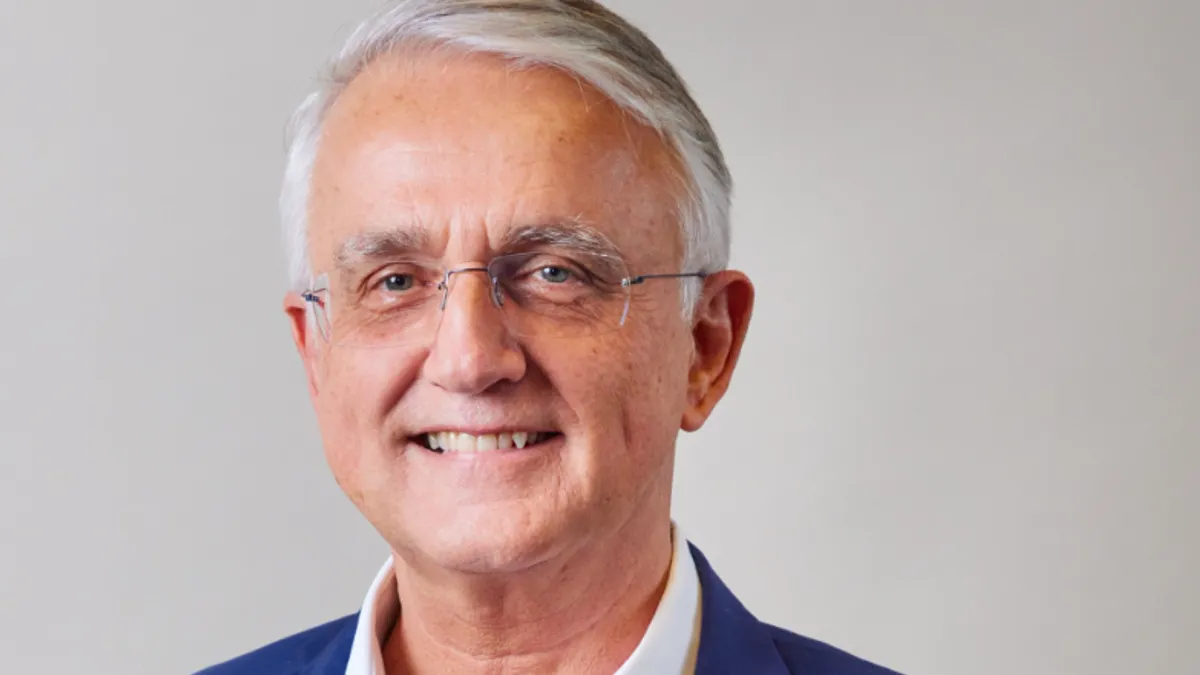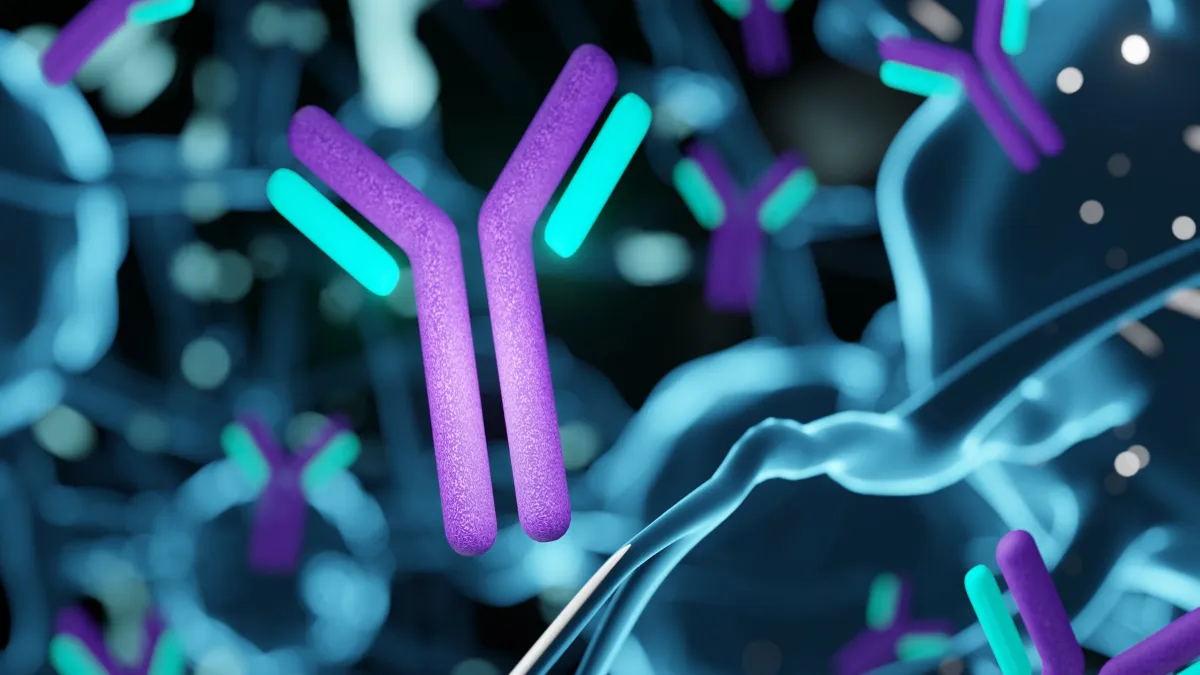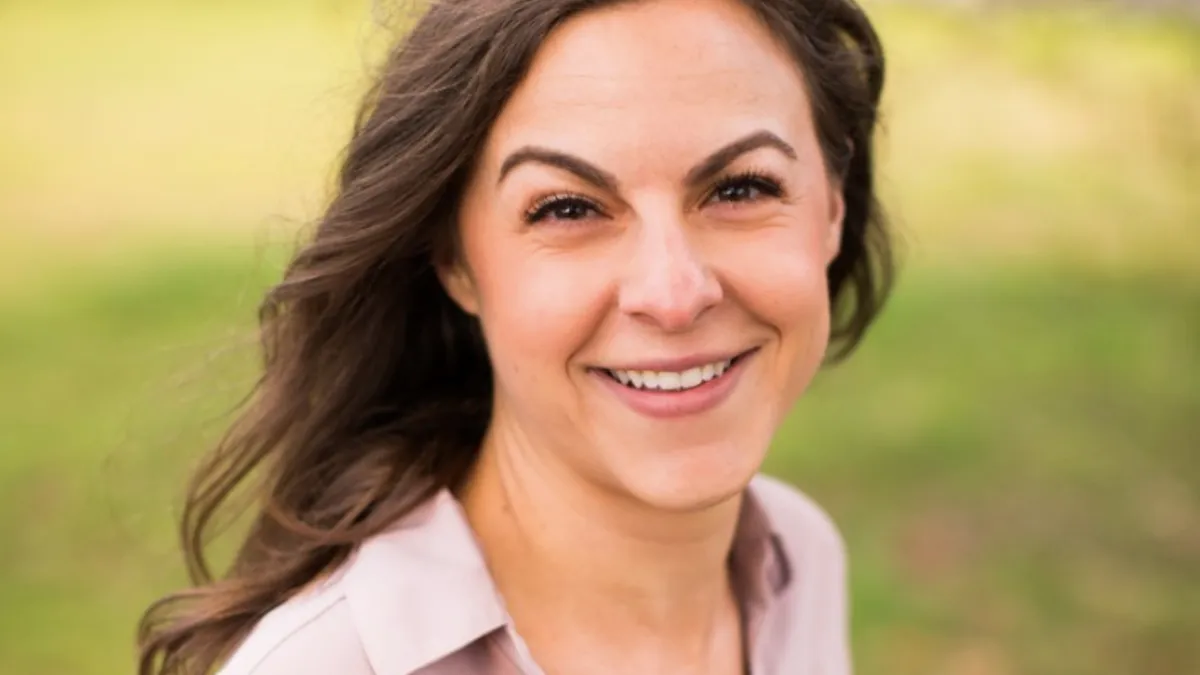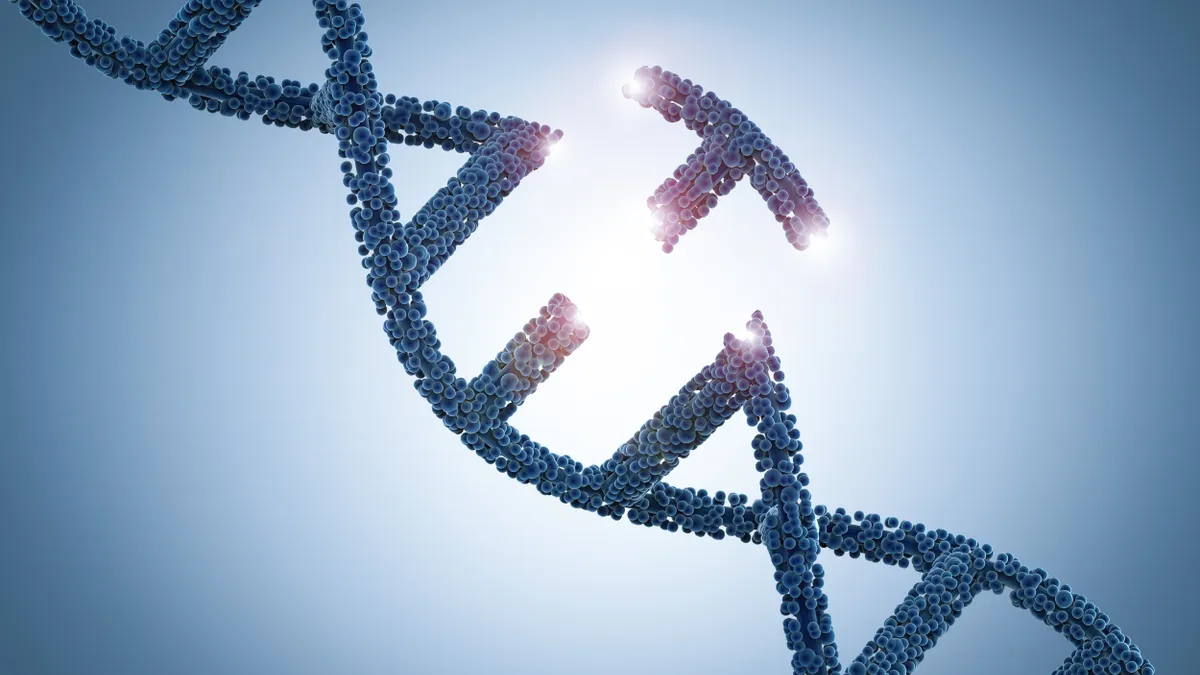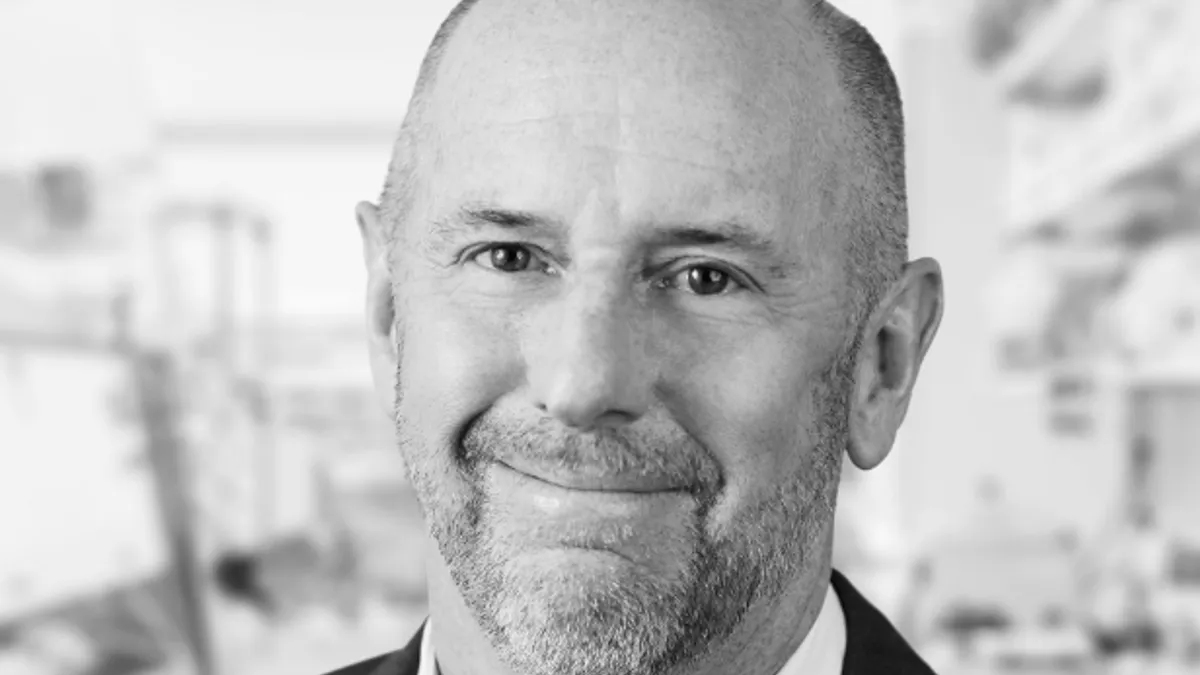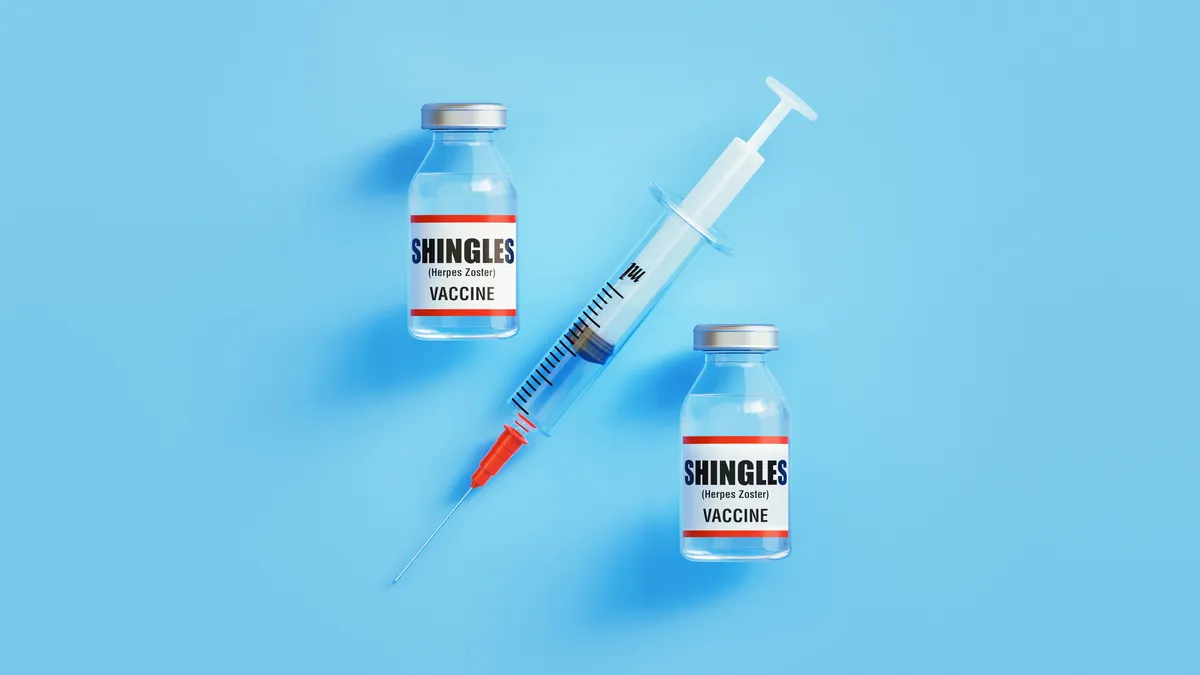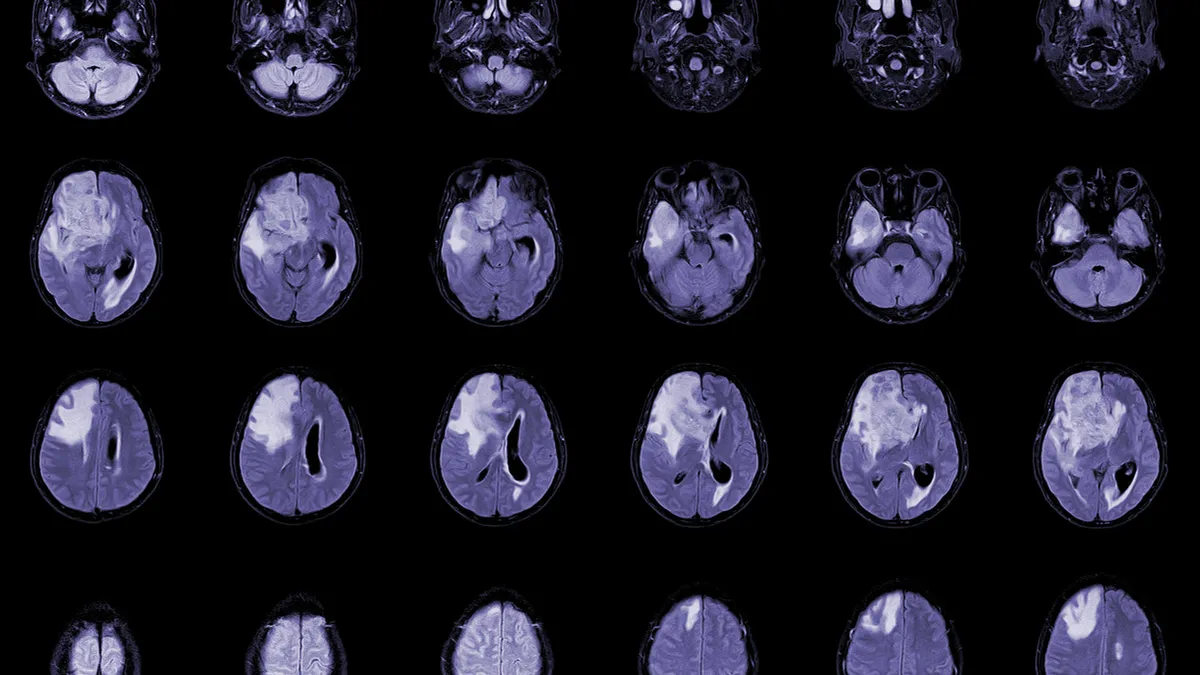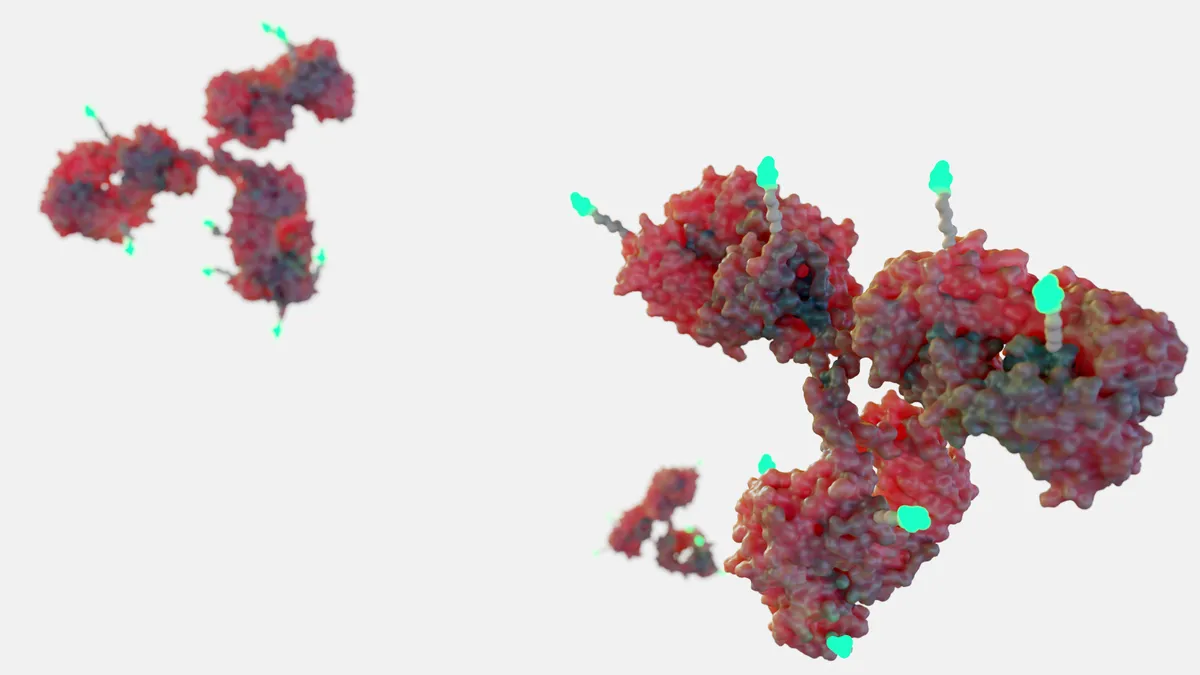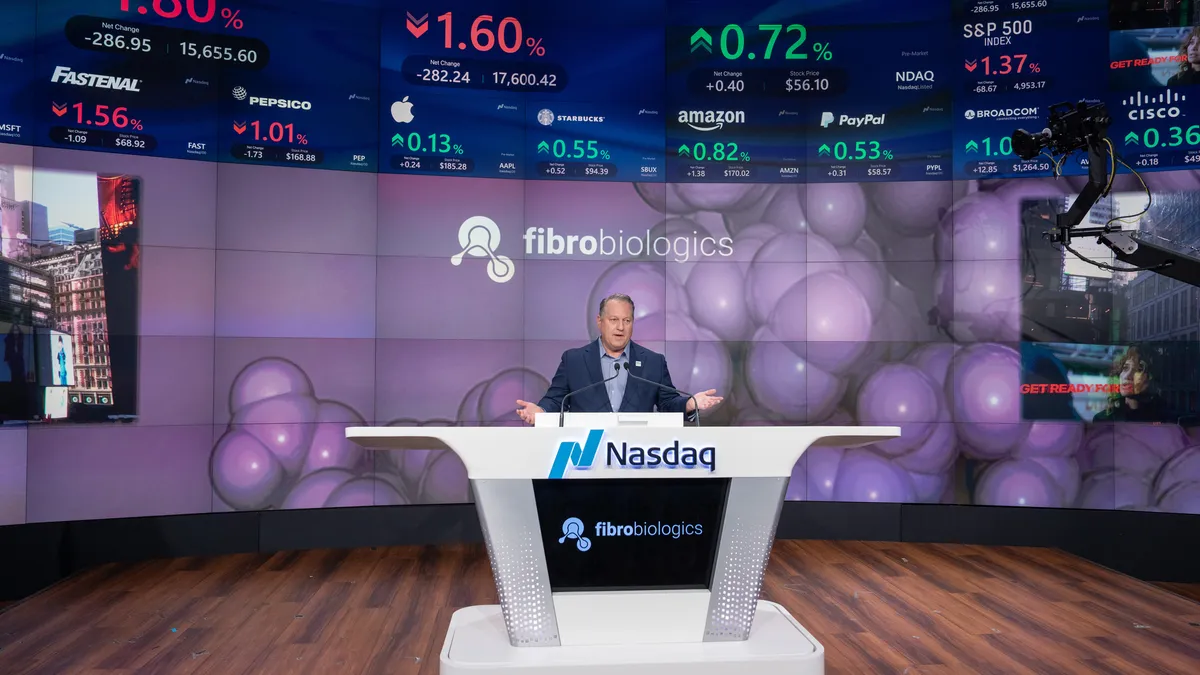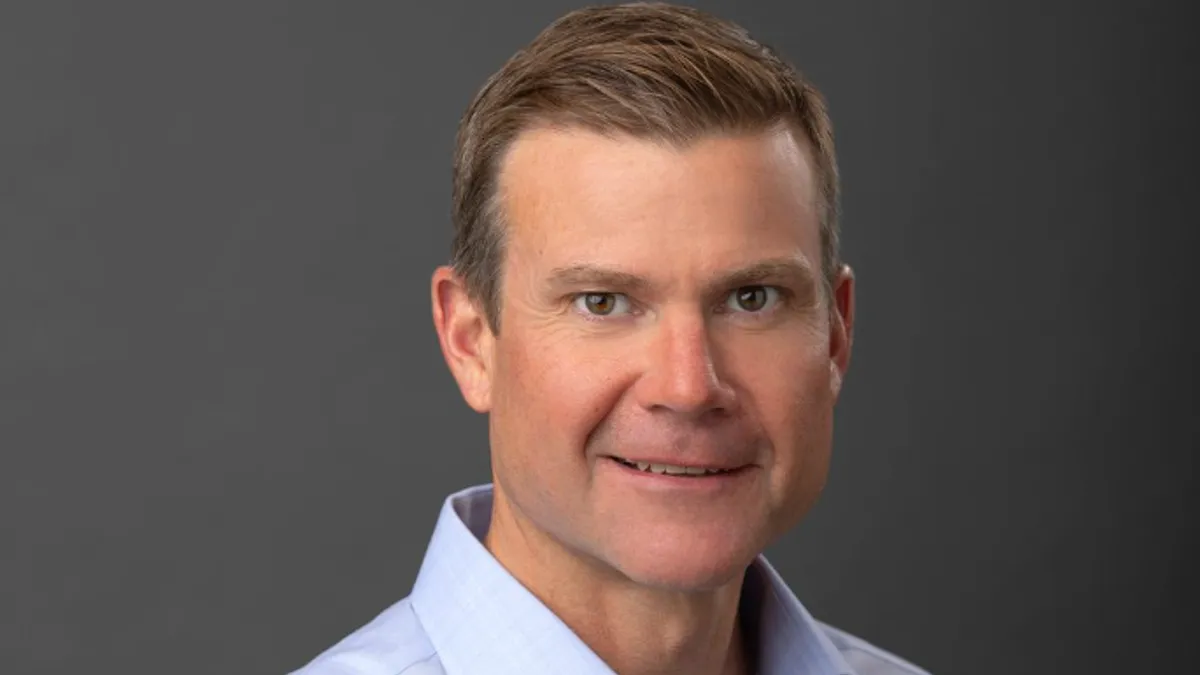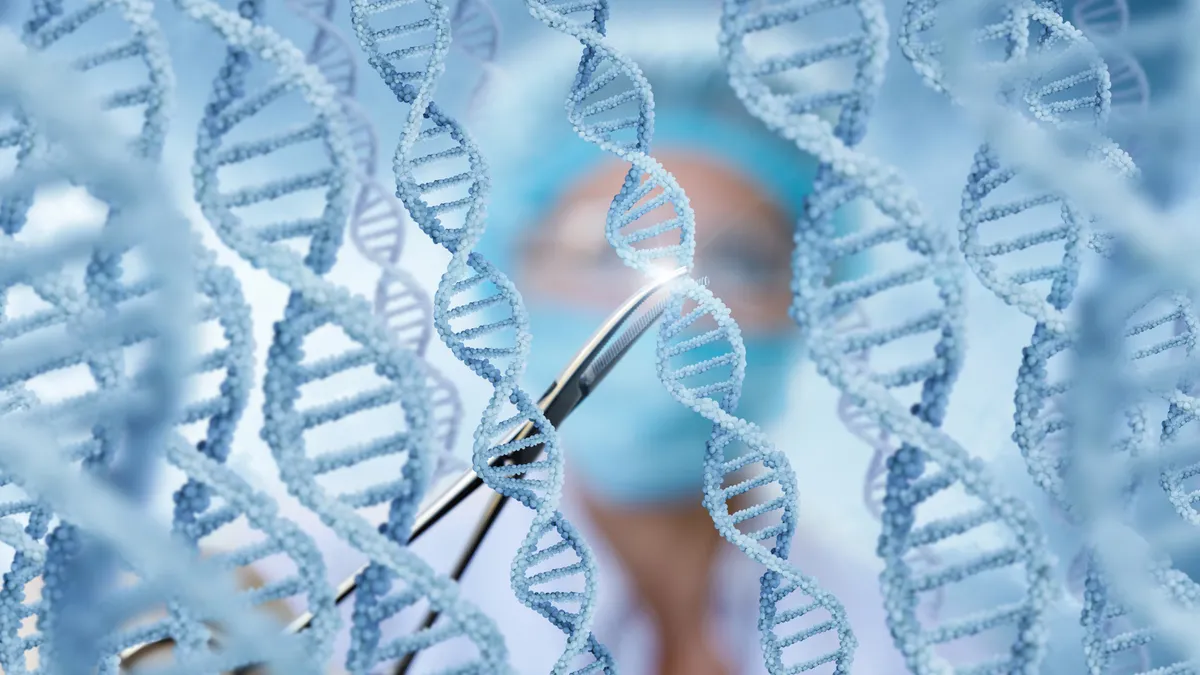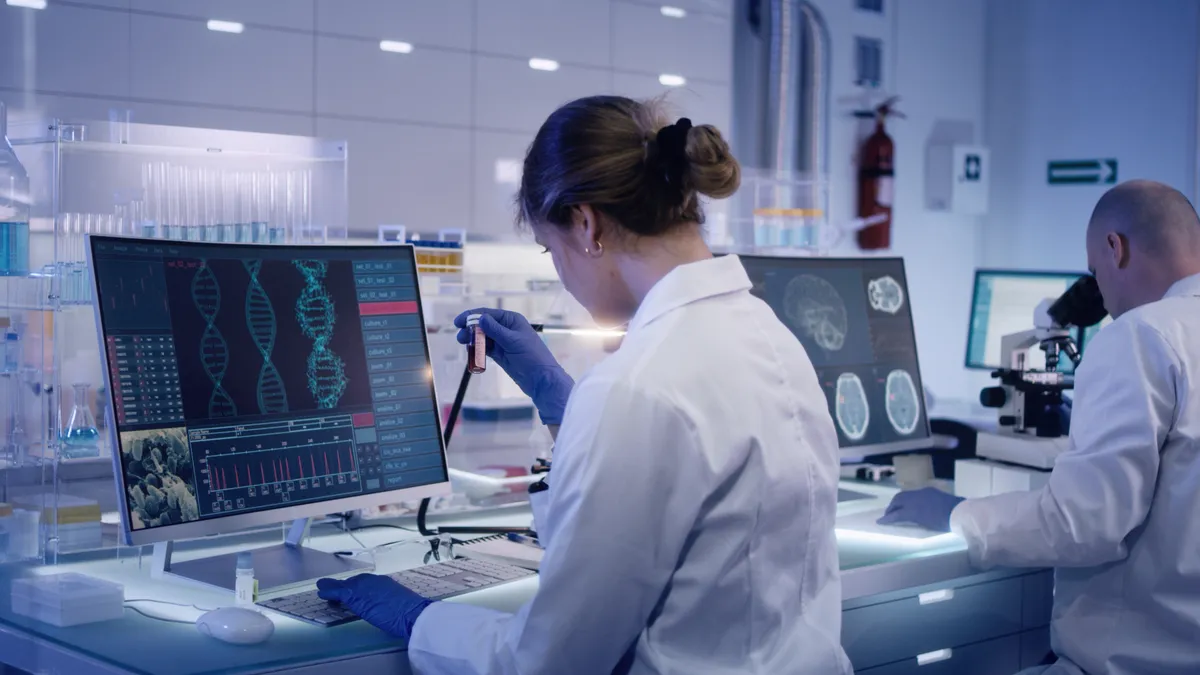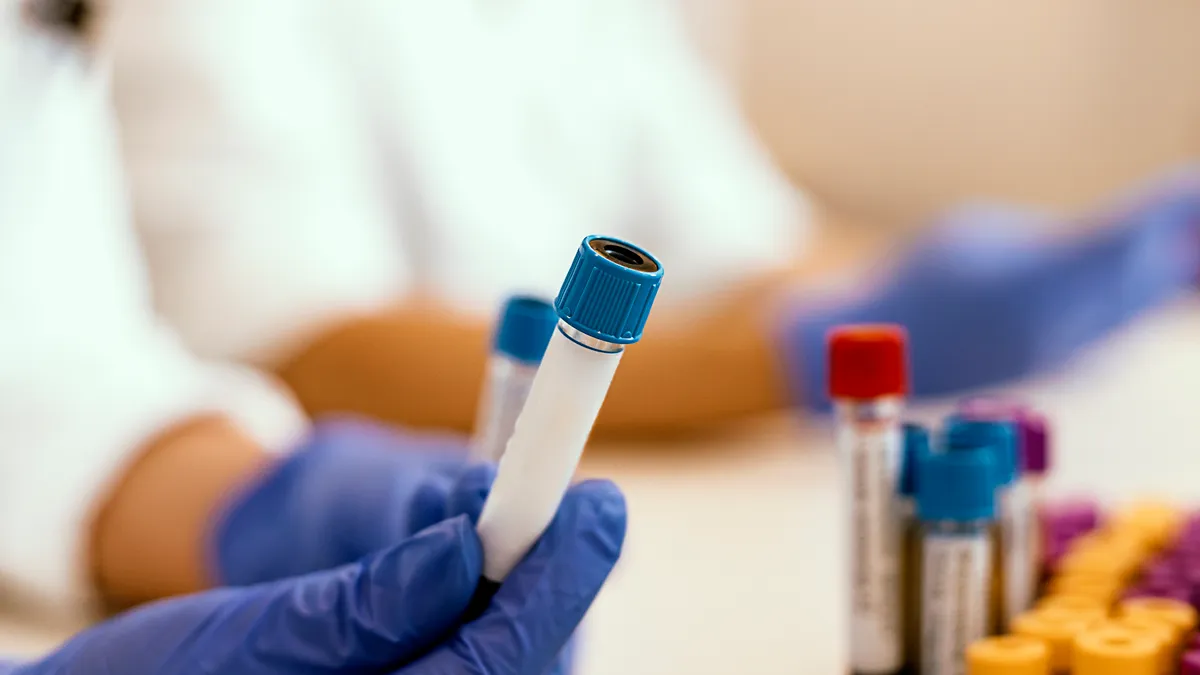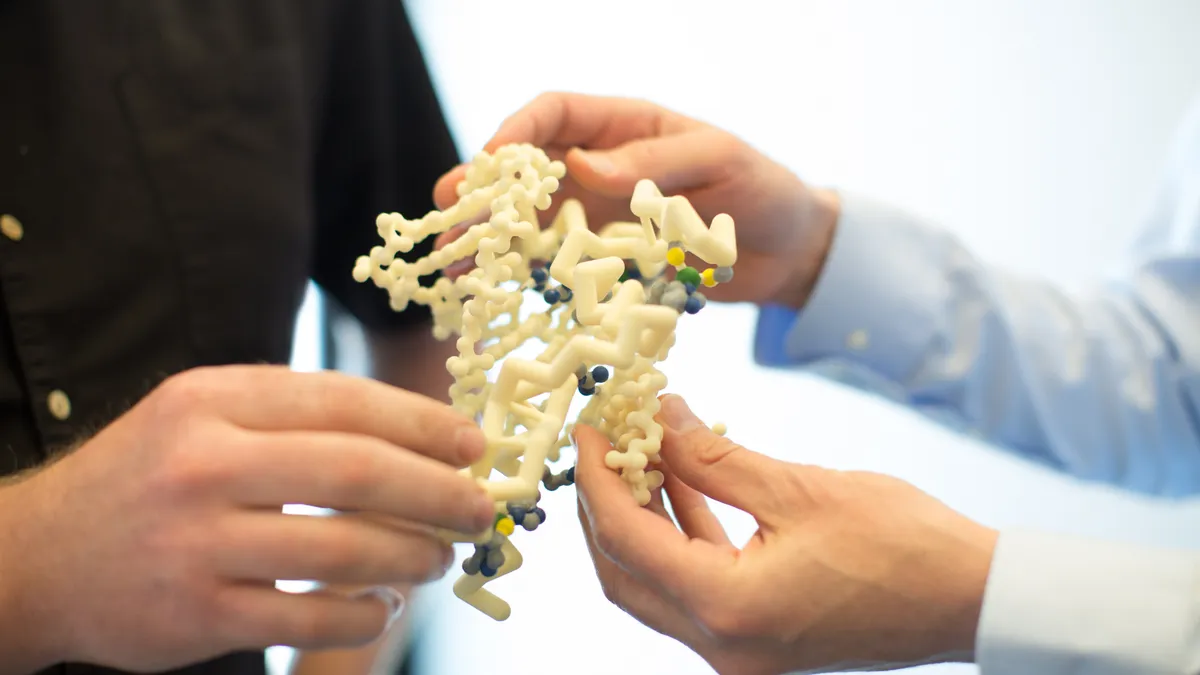Welcome to today’s Biotech Spotlight, a series featuring companies that are creating breakthrough technologies and products. Today, we’re looking at Avidity Biosciences, which is working to solve a longstanding drug delivery challenge that may expand RNA-based treatments to a broader range of genetic diseases, including many without existing treatments.
In focus with: Sarah Boyce, CEO and president of Avidity Biosciences
Avidity’s vision: Experts have heralded RNA-based therapeutics for their potential to treat rare and challenging genetically-driven diseases failed by conventional therapies. The field has seen a surge of interest following the success of the mRNA vaccines developed during the pandemic, driving a market that may reach $18 billion by 2028. Avidity is looking to make RNA treatments a possibility for conditions previously out of reach due to drug delivery challenges.
“Our mission is around revolutionizing the RNA space to make a profound impact in people's lives,” Boyce said.
Why it matters: There are several RNA-based therapeutics on the market, such as Leqvio, used to treat a form of inherited high cholesterol, and Oxlumo, for an inherited metabolic disorder. But RNA treatments haven’t reached their full potential because of challenges with delivering them to targets beyond the liver.
“One of the most striking elements is every way you look at it you can see that positive change, from a whole range of different measures.”

Sarah Boyce
CEO, president, Avidity Biosciences
“There are all these other potential genetic diseases, which have been ideal for an RNA therapeutic approach, but couldn't be addressed because no one could deliver successfully outside of the liver to cells like muscle cells, cardiac tissue or immune cells,” Boyce said. “And that’s what we do. We are in its simplest form, an RNA delivery company.”
Avidity discovered receptors in other cell types that have opened the door to new uses and is seeing early signs of success with its antibody oligonucleotide conjugate (AOC) formulations.
“At the end of last year, we showed in our first clinical program in myotonic dystrophy, that we cracked the challenge of being able to deliver to muscle cells. We showed that very clearly. We can also deliver to cardiac tissue and to immune cells.”
Testing the new approach: The company’s lead candidate is AOC 1001, a treatment for the underlying cause of myotonic dystrophy Type 1 (DM1), or Steinert’s disease, which is the most common and severe form of myotonic dystrophy affecting an estimated 140,000 people in the U.S. The disease, which has no approved treatments, can strike in infancy or childhood, but the most common type is adult-onset. Symptoms encompass a broad range from minor muscle pain and learning disabilities, to life-threatening heart and breathing problems.
Results from Avidity’s phase 1/2 Marina trial in adults found that not only did AOC 1001 successfully pass into the muscle as hoped, but researchers also saw changes in gene signatures.
“Most importantly, we saw signs of functional change, which in the muscle space to do that in six months is pretty unusual,” Boyce said. “One of the most striking elements is every way you look at it you can see that positive change, from a whole range of different measures.”
The treatment improved myotonia — which is the ability to unclench a contracted muscle — muscle strength and mobility.
“Every way you measure this the drug seems to be having an impact,” she said.
The signs of success came despite a September 2022 FDA-mandated pause on trial enrollment, but not dosing, after a participant experienced a severe adverse event. The agency eased the hold in May, clearing the path toward a phase 3 trial, which the company is now designing.
“We have a saying that we orient around: If you could change one person's life, you can change the world. That's what we're looking to do.”

Sarah Boyce
CEO, president, Avidity Biosciences
“We believe this (treatment) has the potential to make a dramatic and hopefully profound impact on people’s lives,” Boyce said.
Two other AOCs are in testing. One is AOC 1044, a treatment for a rare form of Duchenne muscular dystrophy (DMD), another life-threatening disease marked by muscle deterioration. The treatment, which received FDA fast track designation in April and orphan drug designation from the FDA this summer, targets a form of the disease driven by exon 44 that impacts 6% to 8% of patients. A third program is also in the clinic for facioscapulohumeral muscular dystrophy, which causes a weakening of muscles in many areas of the body, including the eyes, mouth, shoulders, and legs.
“We're the first program to go in the clinic for that disease that is directly targeting the cause of the disease,” Boyce said. “So, that is also very exciting for everyone in the community around that program.”
The pipeline also includes other DMD programs as well as an undisclosed muscle program and another targeting the heart, Boyce said.
Building hope: Avidity is now working to design future studies and establish the regulatory path forward. Enthusiasm around the DM1 research is high and trial enrollment, rapid.
“It’s an incredibly hopeful time. For those living with myotonic dystrophy, this is the first time there is the potential of having a treatment. That aspect of hope is really important, but it’s also a huge responsibility for us,” she said. “We know that we have people's hopes. We need to manage that very carefully.”
The company works with patient groups to design trials that recognize their priorities and help make the logistics of participation easier for those struggling with fatigue and mobility challenges. Getting patient buy-in is also a priority for federal regulators to ensure a treatment that not only resonates with doctors but its intended users.
“For us it’s always about scientists delivering great science to people,” Boyce said.
It remains to be seen whether the company can deliver on the promise to bring RNA-based treatments to more people who need them, but Boyce is optimistic.
“Seeing what we saw in the data from the Marina study is hugely exciting,” she said. “We have a saying that we orient around: If you could change one person's life, you can change the world. That's what we're looking to do.”










